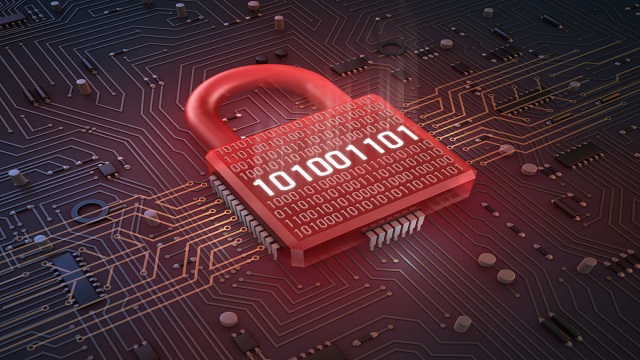- The solution detects, analyzes and raises alarms of the threats that move laterally from Information Technology (IT) to Operational Technology (OT) networks.
- A part of its digitalization portfolio, Siemens has comprehensive cyber security solutions for critical infrastructure, power and industrial control systems.
As an established global leader in the advancement of digitalization across a wide variety of industries, Siemens has developed comprehensive cyber security solutions for critical infrastructure, power and industrial control systems. These solutions conform to the latest international standards such as NERC-CIP (North American Electric Reliability Corporation critical infrastructure protection) and VGB, the European technical association for power and heat generation.
Already a leader in power plant automation systems in India, Siemens Limited has further strengthened its position as a leading provider of cyber security solutions. It will be implementing a cyber security solution for power plant automation at the Paguthan (Gujarat) plant of CLP India Private Limited, the Mumbai-based wholly-owned subsidiary of CLP Holdings Limited, which is one of the largest investor-owned power businesses in Asia.
The cyber security solution being implemented by Siemens Limited will support CLP India’s efforts to bolster cyber security at its power plant by detecting threats and minimizing the risk of advanced cyber attacks. The solution detects, analyzes and raises alarms of the threats that move laterally from Information Technology (IT) to Operational Technology (OT) networks. The solution also includes dedicated endpoint protection to prohibit execution of malicious applications.
Siemens provides comprehensive security solutions combining physical security, network security, and system and software integrity. Over the past years, Siemens remote diagnostic engineers have gained data from thousands of machines across the globe. The Remote Diagnostic Centers (RDCs), in the last year, generated a large amount of Proactive Notifications; 40% of which avoided forced outages and 20% transformed forced outages into planned activities.

